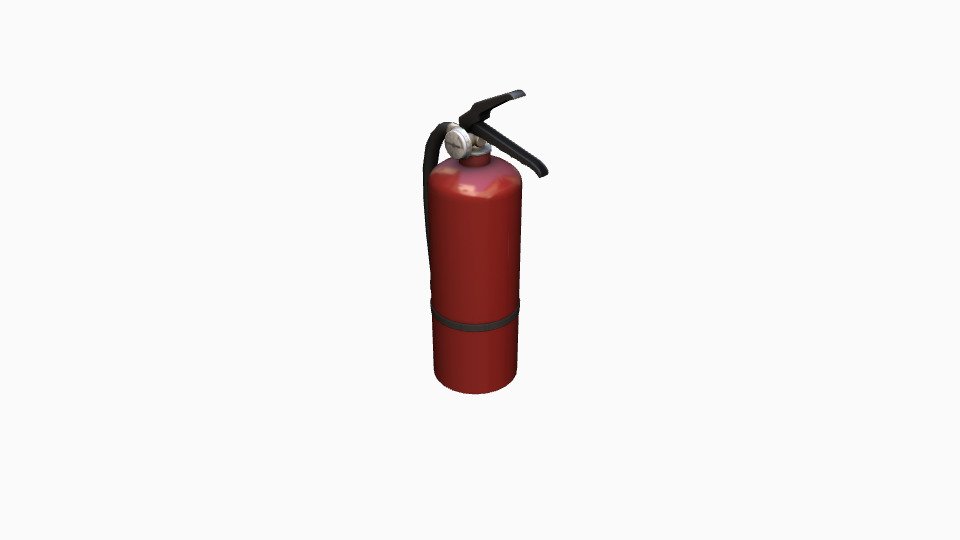SubT Part 2: Robots and Environments
Welcome to the second article in our SubT series. If you’re just joining us, you might want to start with the previous article which provides a brief overview of the SubT Challenge and how to get started. In this post we’ll go over the different robots and environments developed for SubT.
All simulation assets developed for SubT can be found on the SubT Tech Repo. This includes 65 worlds and 407 models. The Tech Repo is a collection of models and worlds hosted on the Ignition web application. Clicking on a model or world in the Tech Repo will bring up more detailed information along with the ability to visualize the simulation asset. You’ll probably see the name `Fuel` float around, especially when dealing with asset URLs. Fuel is the backend service that handles all the heavy lifting associated with managing thousands of simulation assets.
The Ignition web application was modeled after sites like Sketchfab and Thingiverse. Ignition’s primary difference is the focus on simulation assets, which typically require not only a mesh but also physics properties. Users of the Ignition web application have the ability to upload and download assets, organize assets into collections, create organizations, and visualize running simulations.
Along the way we have made it easy to use assets hosted on the Ignition web application in your simulation. You can directly download a model from the website, use the `ign fuel` command line tool, or include the model directly in SDF which allows Ignition to automatically download models when simulation starts.
Back to SubT, the available robots in the Tech Repo are a mix of wheeled, tracked, legged, and multicopter vehicles. Each robot is equipped with a sensor suite, battery, and optionally a set of communication breadcrumbs. The vehicle platform type, sensor suite, and breadcrumb availability dictate the cost of a robot. A robot’s cost is a SubT construct designed to limit the number and complexity of robots deployed by a competitor, and force competitors to carefully choose their team composition. The total cost of a robot team can not exceed 1000 credits.
Nearly all of the SubT robot models were created by SubT participants. Each robot went through a validation process that involved verification of a robot’s capabilities and numerous checks to confirm battery, speed, sensor and other physical properties. Big thanks to all the contributors who went through the robot modeling process during SubT.
The most popular robot, based on its usage by SubT competitors, was the CTU CRAS NORLAB X500 Sensor Configuration 1. Multicopter vehicles proved to be well adapted for quick exploration of subterranean spaces, and the X500 was relatively inexpensive for its sensor payload.
The CTU CRAS NORLAB X500 quadcopter.
The set of sensors available for use on a robot platform in SubT include:
Point, short, medium, and long range 2d and 3d lidars;
QVGA, VGA, HD, RGBD, ToF, thermal, and depth cameras;
IMU;
Gas detector;
Air pressure; and
Magnetometer.
Notably, GPS was not allowed due to taking place underground where GPS signals cannot reach. Robots used data from the available sensors to identify and locate artifacts dispersed in the competition worlds. The artifacts are listed in the graphic below.
Environments in which the robots operated were built from small subterranean sections, tiles, designed to fit together. These tiles can be used to create a wide variety of subterranean environments. Each domain had a unique set of tiles. Additionally, a few tiles were created to support combining different domains (e.g., Tunnel and Urban). An excellent example of a complex world built from a wide variety of tiles is the Finals Prize Round World 07.
SubT environments ranged in size from an overall length of roughly 600m to over 6,000m. Vertical elements, including pits and shafts, increased complexity. The Cave Circuit, held in 2020, saw the introduction of dynamic obstacles consisting of falling rocks triggered by proximity detectors. Dynamic obstacles were expanded to include fog, as well as complete ceiling collapses. These obstacles tested a team’s ability to handle uncertainty and replan accordingly.
Practice environments were created and publicly distributed prior to each circuit event. An additional set of competition environments were held back, and used during competition runs. These private environments were made public following the completion of a circuit event.
You can take the subterranean tiles and build your own world. A set of tutorials are available that will guide you through the process of creating a layout, adding artifacts and obstacles, and testing your world. When you’re done, upload it to the Ignition web application and share it with the world.
The next article in this series will dive into Ignition itself, and detail some of the new features that are available thanks to SubT.










